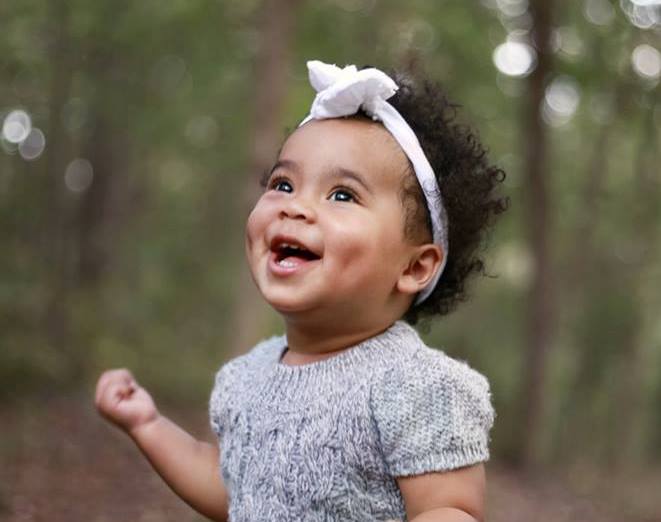 Every child is different in the ways in which they learn to regulate their own emotions. Neurological maturation, parental socialization, environment, and the child’s temperament all attribute to the way in which a child regulates their emotions. As a parent, it is of extreme importance to help your child regulate their emotions. Keeping this in mind each of your children needs to be treated differently in their development of self-regulation. The environment needs to be supportive and encourage growth. Modeling is a very helpful way to help your child learn to regulate. Children will interact in the same way their parents interact due to social norms and cues that they pick up on in the environment. Modeling happens when children pick up on the covert and overt rules that are observed in the environment. There are many ways in which you can influence the development of emotional regulation in your child positively.
Every child is different in the ways in which they learn to regulate their own emotions. Neurological maturation, parental socialization, environment, and the child’s temperament all attribute to the way in which a child regulates their emotions. As a parent, it is of extreme importance to help your child regulate their emotions. Keeping this in mind each of your children needs to be treated differently in their development of self-regulation. The environment needs to be supportive and encourage growth. Modeling is a very helpful way to help your child learn to regulate. Children will interact in the same way their parents interact due to social norms and cues that they pick up on in the environment. Modeling happens when children pick up on the covert and overt rules that are observed in the environment. There are many ways in which you can influence the development of emotional regulation in your child positively.
- Model emotional regulation. Talk about your own feelings when they come up and show your child how to handle situations in an appropriate way. Provide structure and predictability for your child so they can learn to regulate. Structure helps to eliminate feelings of being out of control. Your children can pick up on your stress and they feed off of it. Your words and actions have power for your child. Your child will better be able to handle strong emotions if you allow your child to watch you navigate those feelings in a healthy way. Tune in to when you feel annoyed, worried, or overwhelmed. Make these moments teachable moments for your children.
- Validate your child’s emotions. Instead of trying to fix the problem listen to the emotion that is shared. Let your child feel that they are heard and respected. After hearing and understanding your child help them navigate their emotions. Be gentle in your response to their emotions to reinforce that it is okay and a “safe place” to share. When you show empathy and caring the child is able to feel good about themselves. Say things such as, “I can see how that would be frustrating.” “That is really unfortunate that that happened to you.” Instead of telling your child they shouldn’t feel the way they are. Allow them to share how they are feeling, acknowledge how they are feeling, and help them to cope and solve the problem.
- Use positive self-talk about the event. You can teach your child to talk themselves through the negative event such as, “I can do this”, “Everyone makes mistakes. No one is perfect. I can do better next time.” “I can turn things around”. Using positive self-talk helps your child eliminate negative feelings and thoughts about themselves in relation to the negative event. This helps your child eternalizing the event instead of internalizing it instead of labeling themselves.
- Teach coping skills. Have a coping skills box for your child that has the items to remind them to cope. The coping skills box can have things such as headphones to listen to music, bubbles to remind them to deep breath, a pillow to remind them to scream into it, crayons to prompt them to color or craft. Along with teaching coping skills you can help your child identify their triggers. Once a child can know their triggers they can figure out when they need to implement coping. You can have a feelings chart or a smiley face chart to help your child realize when they are becoming over stimulated.
- Teach problem-solving. Instead of rescuing your child from a problem or trying to eliminate consequences help your child solve a problem that they present to you. Help them to define the problem, think about what possible solutions are, implement the solution and evaluate how it turned out. Refrain from solving the problem for your child. Evaluating how the solution turned out is a step that many people miss when teaching problem-solving skills. Help teach your child how to evaluate and this allows them to better validate their own choices.
Being able to regulate your emotions includes how you react to change, the ability you have to soothe others and the ability for you to be soothed. Self-regulation is the ability to observe and manage your behavior, emotions, or thoughts in distress. Self-regulation can be broken into four developmental phases: baby, toddler, adolescent, and adult. As a parent, it is your duty to help your child transition from birth to a healthy adult regulatory behavior. When your child is better able to regulate their own emotions they will have better academic performance, problem-solving skills, self-worth, and fewer behavior problems.
